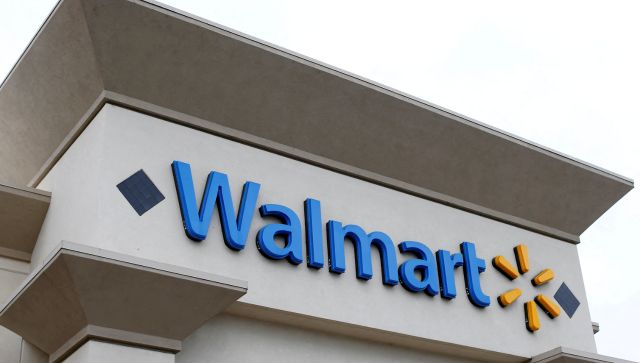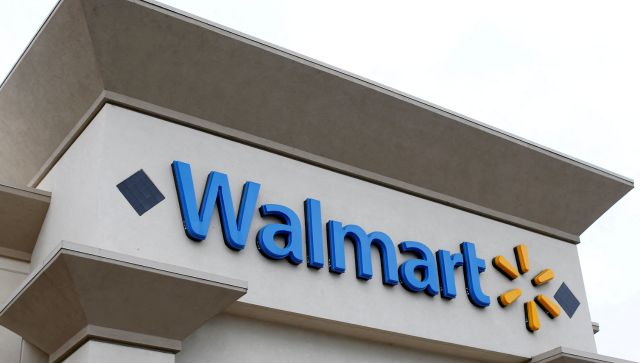Teradata Corporation, a global player in analytic data platforms, applications and services, has announced the latest release of its Teradata Demand Chain Management software, which forecasts consumer demand and synchronises inventory to match it. The solution is available now, from Teradata Applications.
In today’s challenging economy, companies have little margin for error. They need to optimise their supply chains and inventory levels, without risking lost sales due to out-of-stocks. Additionally, consumers demand shopping flexibility but expect consistent execution regardless of their purchase method. To be effective today, a supply chain forecasting and replenishment solution needs to give businesses control over a vast network of paths between stores, distribution centres and vendors.
Along with advances to its forecasting, replenishment and allocation capabilities, Teradata Demand Chain Management enables companies to optimise ever-shifting inventory levels for complex “omni-channel” supply chains. Inventory levels are optimised and demand is synchronised throughout the supply chain, from point of purchase up to the vendor.
“The ability to better forecast product needs, and to replenish according to customer shopping patterns, enables us to optimise our inventory flow and is an important factor in controlling inventory costs at the LCBO (Liquor Control Board of Ontario),” said Hugh Kelly, Senior Vice President, Information Technology. “Teradata Demand Chain Management continues to be a key component in our supply chain process, and the additional features, such as new product introduction and event forecasting in the latest version, will further enhance our ability to serve LCBO’s customers effectively.”
According to the 5th annual Merchandising Benchmark Report (August 2012) from Retail Systems Research (RSR), which provides insight into business and technology challenges facing the extended retail industry, “While out-of-stocks and inventory performance remain top-of-mind (particularly for large retailers and those who sell fast moving goods), retailers’ concerns about understanding customer preferences – and their own ability to respond to those preferences with new ideas about pricing and promotions – have become their top business challenges.”
A critical component to making this successful is being able to make sure that product is available.
“Teradata Demand Chain Management features a sophisticated and integrated forecasting, replenishment and allocation solution,” said Ed Dupee, General Manager, Teradata Analytical Applications. “It enables companies to match supply to demand and synchronise inventory from the distribution centre to the retail shelf or point of fulfillment.”
Out-of-stocks – whether they occur on promoted merchandise or occur from organic demand – continue to plague the industry. Teradata’s enhanced Demand Chain Management solution enables companies to increase customer service levels by balancing inventory investment with customer demand. By understanding and accurately predicting demand by location, companies are able to improve the customer experience and increase sales while reducing inventory, which offers a significant competitive advantage.
“Our latest release supports advanced and evolving supply chain capabilities to help companies understand and predict demand by location, and this provides our customers with clear competitive advantages,” Dupee added.
Teradata Demand Chain Management utilises a “bottom-up” approach to linking consumer demand with inventory levels and sales forecasts, by item, by location, weekly, and daily. These forecasts recognise historical performance, are deep in seasonal and causal identification, and respond automatically to the latest buying patterns and trends. The forecast is then combined with inventory and replenishment strategies, which serve to pull inventory through the supply chain based on reliable data about expected sales across each location in the network.


)




)
)
)
)
)
)
)
)